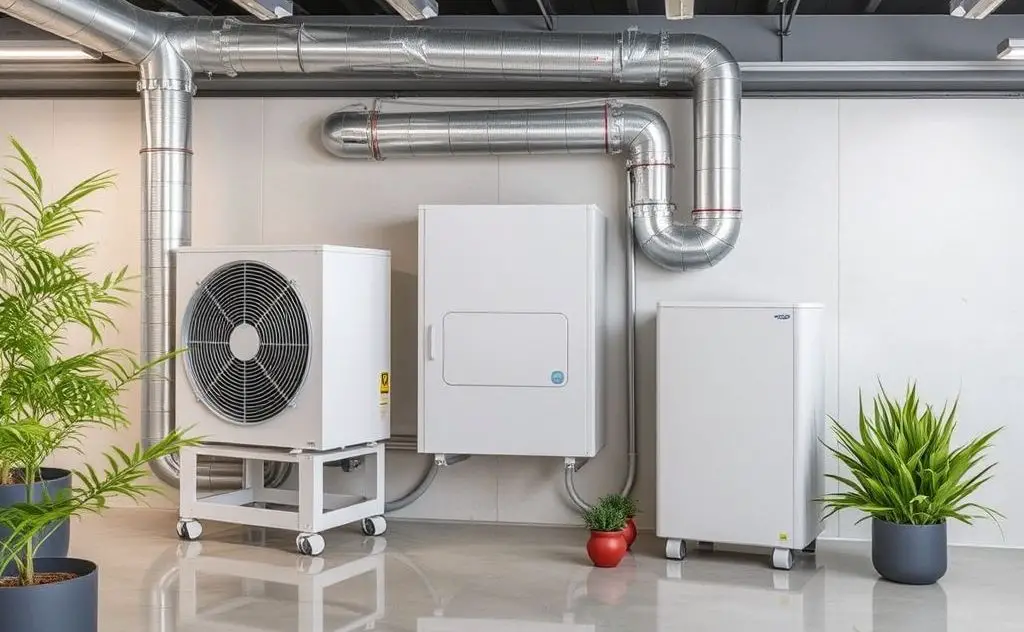Affordable HVAC airflow boosters enhance system efficiency by improving air distribution, ensuring optimal comfort and energy savings in your home or office.
Struggling with uneven temperatures in your home? HVAC airflow boosters offer a budget-friendly solution to improve ventilation and comfort. These simple devices can make a dramatic difference in rooms that are too hot or too cold without expensive system upgrades.

How HVAC Airflow Boosters Work
Airflow boosters enhance your existing HVAC system’s performance by increasing air circulation to problem areas. They come in several types:
- Register booster fans – Mount directly on vent covers
- In-duct boosters – Installed inside ductwork
- Plenum boosters – Improve air distribution at the source
For RV owners, specialized products like the KoolRV A/C Connect can improve cooling efficiency by up to 44% according to manufacturer tests.

Signs You Need an Airflow Booster
Temperature Imbalances
Noticeable hot or cold spots indicate airflow problems. Boosters help balance temperatures between rooms and floors.
Weak Vent Airflow
If some vents barely blow air while others are strong, a booster can equalize the distribution.
HVAC System Strain
When your system runs constantly but can’t maintain comfort, boosters reduce the workload.
Top Booster Types Compared
| Type | Cost | Installation | Best For |
|---|---|---|---|
| Register Boosters | $50-150 | DIY (5 min) | Single problem rooms |
| In-Duct Boosters | $100-300 | Moderate skill | Whole-house improvement |
| RV Plenum Boosters | $80-200 | RV-specific | Mobile homes/RVs |
Installation Tips for Best Results
Proper Sizing
Measure your vents before purchasing. Standard residential registers are typically 4″x10″ or 6″x12″. For whole-house solutions, consider built-in heating options that work with your existing ductwork.
Strategic Placement
Focus on problem areas first. The furthest vents from your HVAC unit often benefit most from boosters.
Power Considerations
Some models plug into outlets while others require hardwiring. Battery-powered options offer flexibility but need frequent replacement.
Maintenance and Care
Keep your boosters working efficiently with simple upkeep:
- Clean fan blades monthly with a soft brush
- Vacuum intake vents regularly
- Check for loose connections seasonally
- Replace filters if equipped
For homes with water heater thermostat issues, addressing both temperature control and airflow creates optimal comfort.
When to Consider Professional Help
While most boosters are DIY-friendly, consult an HVAC technician if you experience:
- Ductwork damage or leaks
- Electrical wiring concerns
- Whole-system airflow problems
- Persistent temperature imbalances after booster installation
According to HVAC experts, boosters work best when combined with proper system maintenance and sizing.
